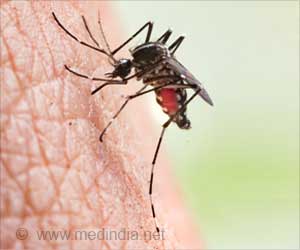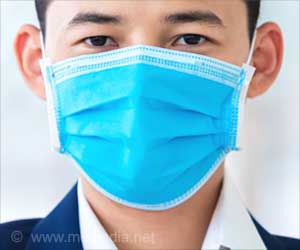Admitting to a delay in its reaction to the crisis, Russia's health ministry reported that in the worst ever heat wave the country had experienced, the number of deaths had gone up by 50 per cent.

"The highest growth in the mortality rate -- 50.7 percent -- was registered in Moscow," it said releasing year-on-year data for July.
In July and part of August, Muscovites sweltered in record temperatures and smouldering peat fires in the surrounding region swathed the city in choking grey smog.
The state statistics service said that 14,340 people died in Moscow in July, up from 9,516 people in the same period last year.
Federal authorities had earlier refused to give details of the Moscow death toll.
The only official to disclose the extent of the toll so far had been Moscow's chief doctor, Andrei Seltsovsky, who earlier this month released grim statistics on mortality and immediately earned a rebuke from the Health and Social Development Minister Tatiana Golikova.
Advertisement
The press has also accused the Moscow authorities of imposing a ban on certifying heatstroke as a cause of death in a bid to keep a lid on the statistics -- a claim authorities repeatedly denied -- and one newspaper report said that bodies had to be stacked upright in coffins in some city morgues. The health ministry acknowledged that it had been slow to respond to the emergency.
Advertisement
The ministry pledged to conduct a "thorough analysis" and draw conclusions for future emergencies.
Over the same period death rates in the central Russian region of Nizhny Novgorod rose by 20.2 percent, in the Vladimir region by 18.4 percent and in the Moscow and Tula regions by 17.3 percent.
In Russia as a whole, mortality rates in July rose by 8.6 percent to 182,020, the state statistics service said.
A 45-percent spike in the number of drownings contributed to the higher death rates across the country, the health ministry said.
Officials say it may take months for the government to tally the damage from the disaster but several economists have put the cost to the economy this year at roughly 7-15 billion dollars.
Separately, several ecologists said the fires had cost Russia at least 300 billion dollars, according to estimates based on the market value of timber and the cost of reforestation.
Prime Minister Vladimir Putin said late last week it was too early to estimate the damages.
"These processes (related to the fires) are not over yet. It will only be possible to determine the damages only after all the works are completed."
Source-AFP










